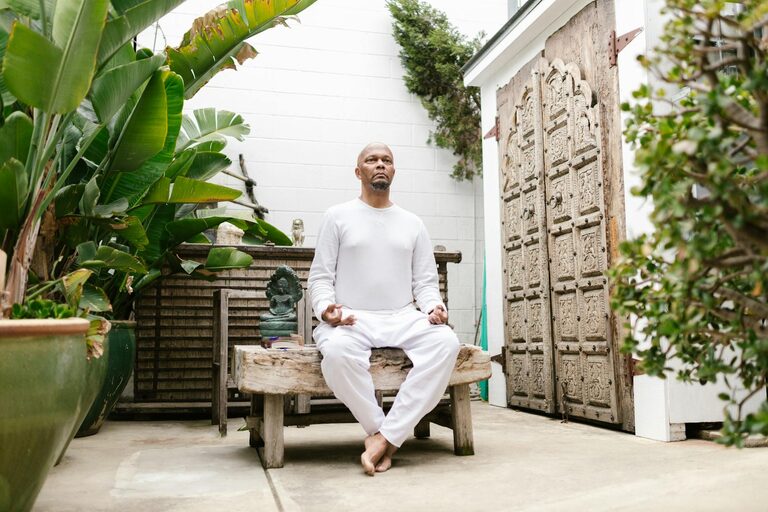Beginner Tips for Mindful Breathing Breaks: A Simple Guide

Taking a mindful breathing break is a simple yet powerful way to reduce stress, improve focus, and enhance your overall well-being. If you’re new to mindfulness or breathing exercises, starting small and building a consistent habit can make all the difference. This beginner-friendly guide will walk you through what mindful breathing breaks are, why they matter, and how to practice them effectively.
What Is Mindful Breathing?
Mindful breathing means paying close attention to your breath—how you inhale and exhale—without trying to change it. It’s about being fully present in the moment and noticing the sensations of breathing as a way to calm your body and mind.
Unlike regular breathing, mindful breathing encourages awareness and acceptance, making it a helpful tool for managing stress and improving mental clarity.
Why Take Mindful Breathing Breaks?
In our busy lives, it’s easy to feel overwhelmed or distracted. Mindful breathing breaks serve as short pauses that help:
– Reduce stress and anxiety by calming the nervous system
– Improve focus and productivity by clearing mental clutter
– Enhance emotional regulation by fostering greater self-awareness
– Boost energy levels by providing a mini reset
– Promote relaxation anytime during your day
Even a minute or two of mindful breathing can offer these benefits, making it an accessible practice for anyone.
How to Prepare for Your Breathing Break
Before you start mindful breathing, it helps to create a comfortable and quiet environment. Here are a few prep tips:
- **Choose a quiet spot:** Find a place where you won’t be interrupted. This could be your desk, a chair, or even outside.
- **Sit comfortably:** Sit upright with your feet flat on the floor, hands resting on your lap or knees. Avoid slouching to allow smooth breathing.
- **Set a timer:** If you like, use a timer to keep your break short and focused—start with 1 to 3 minutes.
- **Relax your body:** Take a moment to release tension from your shoulders, jaw, and face.
Beginner-Friendly Mindful Breathing Techniques
Here are some simple mindful breathing methods you can try during your breaks:
1. Basic Breath Awareness
– Close your eyes or soften your gaze.
– Breathe naturally through your nose.
– Focus your attention on the sensation of the air entering and leaving your nostrils or the rise and fall of your chest.
– When your mind wanders, gently bring it back to your breath without judgment.
2. 4-4 Breathing
– Inhale slowly for a count of 4.
– Exhale gently for a count of 4.
– Repeat several times, maintaining smooth, even breaths.
– This technique helps to regulate your breath and calm the nervous system.
3. Counting Breaths
– Take a deep breath in and out.
– Count silently “one” on the inhale, “two” on the exhale.
– Continue counting up to 5 or 10, then start over.
– Focus fully on each breath and count to keep your attention stable.
4. Body Scan Breath
– As you breathe, bring your attention to different parts of your body (feet, legs, torso, arms, head).
– Notice any tightness or tension and breathe into those areas, imagining releasing stress with the out-breath.
– This practice combines mindfulness of breath with body awareness.
Tips for Building a Daily Mindful Breathing Habit
Consistency is key to integrating mindful breathing into your routine. Here’s how to get started and maintain your practice:
– Start small: Even 1 minute a day is helpful. Gradually increase as you feel comfortable.
– Use reminders: Set an alarm or sticky note to remind yourself to take breathing breaks.
– Choose triggers: Pause for mindful breathing before meals, after meetings, or during breaks.
– Combine with other habits: Practice breathing before meditation or bedtime.
– Be patient: Your mind may wander often—that’s normal. Gently refocus without frustration.
How Mindful Breathing Fits Into Your Day
You can take mindful breathing breaks anywhere, anytime. Some good moments include:
– Before starting work or after finishing a task.
– During a stressful situation to calm your nerves.
– Anytime you feel distracted or overwhelmed.
– In the morning to set a calm tone for the day.
– Before sleeping to unwind.
Even brief breathing breaks can create a noticeable difference in your energy and mindset.
Common Questions About Mindful Breathing
Do I have to sit still?
No, you can practice mindful breathing sitting, standing, or even walking. The key is to focus on your breath and be present, regardless of your position.
What if I can’t stop my mind from wandering?
It’s completely normal for the mind to wander. When it happens, gently acknowledge the distraction and return your attention to your breath without judgment.
How long should I practice?
Start with 1–3 minutes per break. As you grow comfortable, you can extend your sessions.
Final Thoughts
Mindful breathing breaks are a simple, cost-free way to nurture your mental and emotional health. As a beginner, focus on being kind to yourself and making small, consistent habits. Over time, these mindful moments can bring greater calm, clarity, and balance to your daily life.
Why not start today? Find a quiet spot, take a few deep breaths, and enjoy the simple practice of mindful breathing—you’ve got this!




